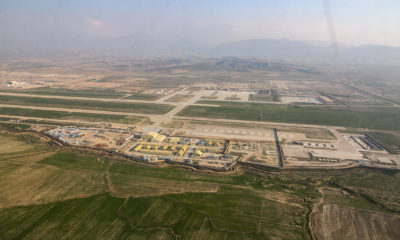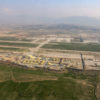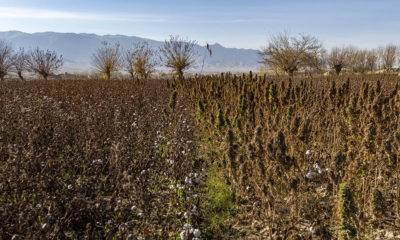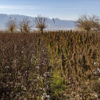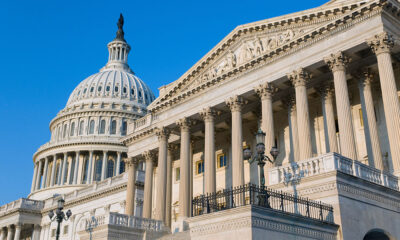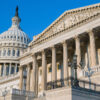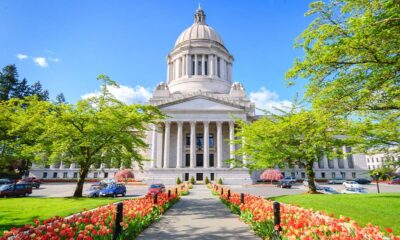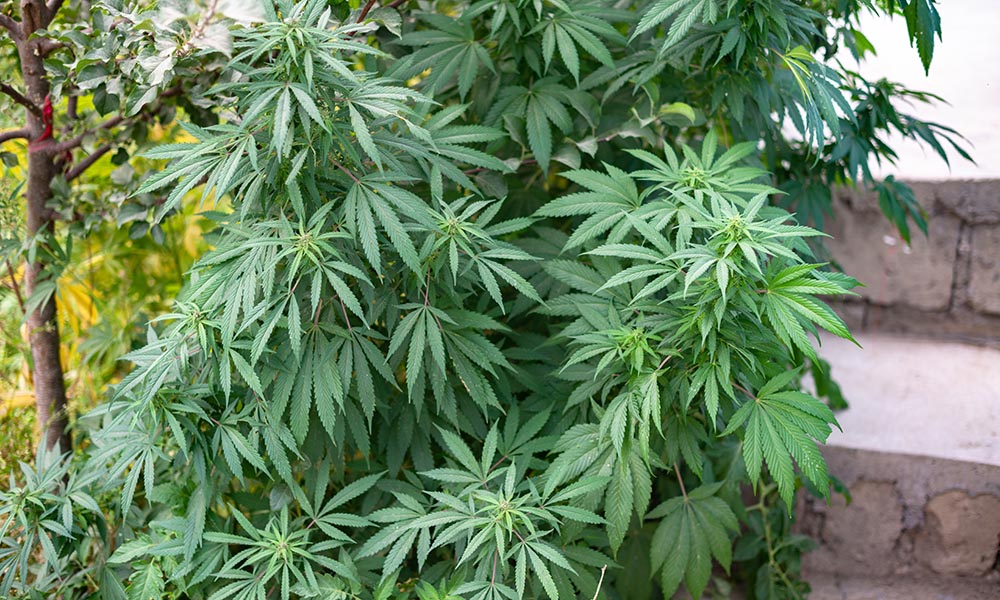
PHOTO pe3check
Politics
What Taliban Rule Means for Afghanistan’s Drug Trade
Having funded their long insurgency with opium and hashish, the Taliban are poised to establish a “narco-state” in Afghanistan.
Hashish and opium have fueled war in Afghanistan since the ‘80s, when the CIA-backed Mujahideen rebels turned to the drug trade to fund their insurgency against the Soviet forces then occupying the country.
In 1989, the Soviets withdrew from Afghanistan, and in 1992 a new government was established by Mujahideen warlords who continued to protect their drug empires, while also fighting each other. In 1994, the ultra-fundamentalist Taliban militia was born, pledging to restore order, portraying the warlords as corrupt drug dealers. After taking power in 1996, the Taliban made a great show of destroying opium and cannabis crops—for which it received praise and aid from the UN Office on Drugs & Crime (UNODC).
After Sept. 11, 2001, the U.S. invaded, backing the Mujahideen who were fighting the Taliban—and, again, funding their insurgency with opium and hash. But after the Taliban were driven from power in November 2001, the tables were turned.
The new U.S.-backed Afghan government was now under pressure to eradicate—while the Taliban found the drug trade an irresistible means of funding their new insurgency. That trade has boomed as the Taliban has pursued their offensive this year.
A Taliban Narco-State?
On Aug. 14, a day before the Taliban took Kabul, the international financial website MoneyControl headlined: “A new narco-state is blossoming in Afghanistan under the Taliban.”
According to the UNODC’s 2020 Afghanistan Opium Survey, the area under poppy cultivation expanded from 163,000 hectares to 224,000 hectares that year. This was overwhelmingly in areas under Taliban control.
In 2018, the UNODC estimated that the country’s opiate economy was “worth between 6 and 11 percent of Afghanistan’s GDP and it exceeded the value of the country’s officially recorded licit exports of goods and services.”
As the capital Kabul fell to the insurgents this past weekend, a Reuters report reminded us: “Afghanistan’s illegal drug trade a boon for Taliban.” It recalled the $8 billion spent by the U.S. over the past 20 years to wipe out the psychoactive crops—funding eradication campaigns and even carrying out air strikes on suspected drug labs.
The effort failed.
“The Taliban have counted on the Afghan opium trade as one of their main sources of income,” Cesar Gudes, head of UNODC’s Kabul office, told Reuters. “More production brings drugs with a cheaper and more attractive price, and therefore a wider accessibility.”
With the insurgents advancing on the capital, “these are the best moments in which these illicit groups tend to position themselves” to expand their business, Gudes said.
This view of a narco-insurgency is shared by Washington officials. A March 2021 report from the Pentagon’s Special Inspector General for Afghanistan (SIGAR) quoted a U.S. military intelligence official who “estimated that between 40 to 60 percent of the Taliban’s revenue comes from narcotics trafficking.”
Contacted by Reuters for comment, a State Department official said the U.S. will continue to support the Afghan people, “including our ongoing counter-narcotics efforts,” but declined to make clear how this would happen with the Taliban in power.
Blood Hashish
The Taliban’s revenue-raising model is largely one of taxation, and narco-crops constitute the main economic activity to tax. Cultivators are made to pay a cut to local Taliban commanders in exchange for protection from government eradication efforts—a tactic guerillas have long resorted to in Colombia, Peru, Burma and elsewhere.
And while opium for heroin production is the big-ticket item in terms of revenues, cannabis for hashish production is thoroughly a part of this system and constitutes a secondary revenue stream.
In December 2017, a NATO Special Operations Command press release boasted of seizing and destroying a “Taliban drug cache” in the Logar province: 34 tons of “raw hashish” (cannabis plants, presumably) and 300 kilograms of “processed hashish.”
Hashish, as well as opium and processed heroin, were said to be among “13 tons of narcotic drugs” burned by Afghan security forces near Jalalabad this Aug. 11—just days before the city was taken by the Taliban.
With an estimated 29,000 hectares under cannabis cultivation, Afghanistan is placed by the UNODC’s 2020 World Drug Report second only to Morocco as the world’s top producer of “cannabis resin” (hashish). Pakistan and Lebanon were next in line.
While Afghan heroin floods European markets, the hashish is more for distribution within the region—but some of this too is reaching the West. The UNODC writes: “The cannabis resin produced in these countries is principally destined for other countries in the Near and Middle East/South-West Asia, although cannabis resin originating in Afghanistan has also been identified in Central Asia, Eastern Europe and Western and Central Europe.”
ISIS Steals the Prohibitionist Fire
As the world waits to see if the Taliban, restored to power, will return to their tyrannical ultra-fundamentalist rule, worse things still may be waiting in the wings. Over the past five years, fighters loyal to the Islamic State, or ISIS, have seized pieces of Afghanistan’s territory.
Posing themselves a yet more extremist, the ISIS presence in Afghanistan has been portraying the Taliban as corrupt drug dealers. Ironically, ISIS (calling itself the Islamic State’s “Khorasan Province”) has eradicated poppy and cannabis crops—putting fields to the flame, just like the government it claimed to oppose. ISIS similarly burned cannabis fields when it was in power in northern Syria.
The stage may be set for a Taliban narco-state fighting an insurgency by the anti-drug ISIS.



